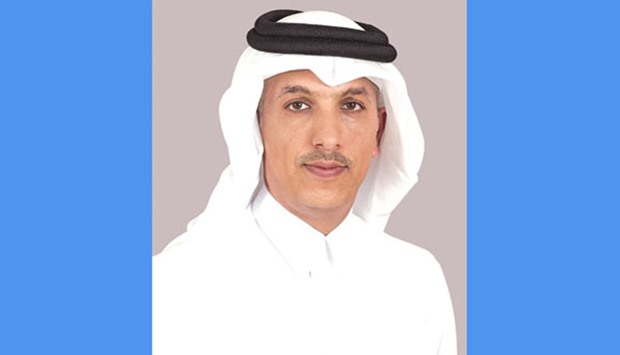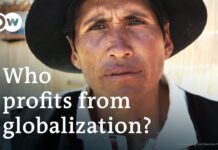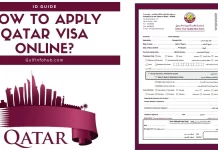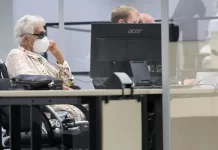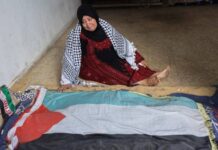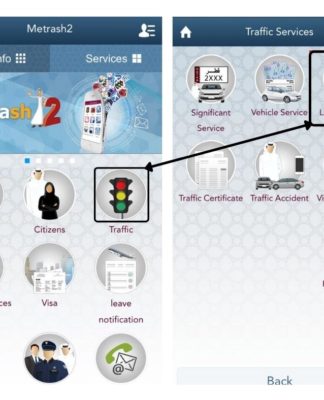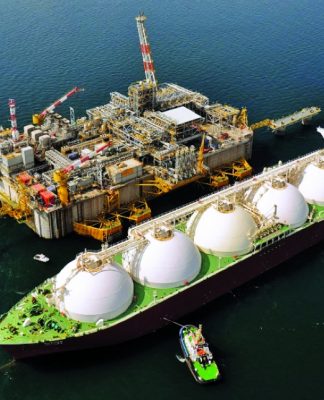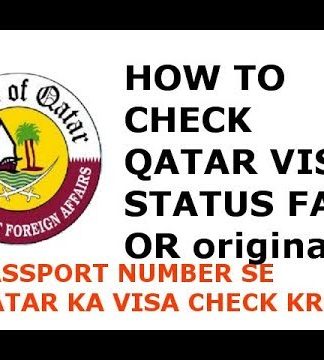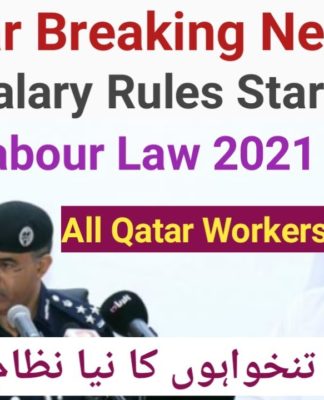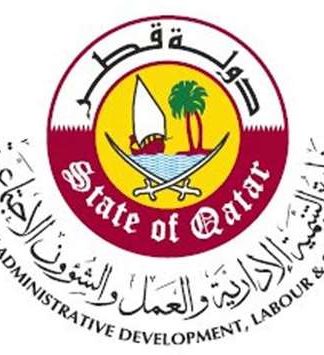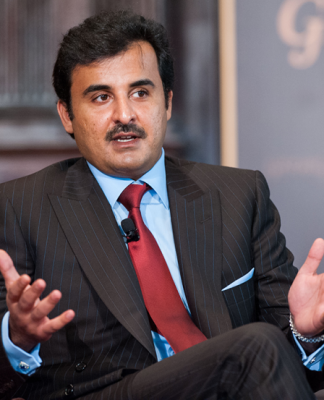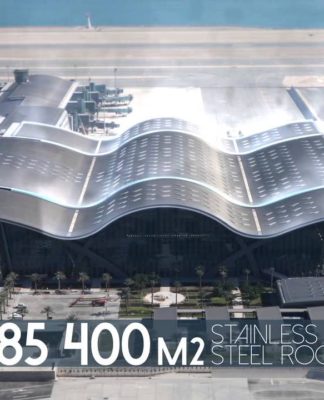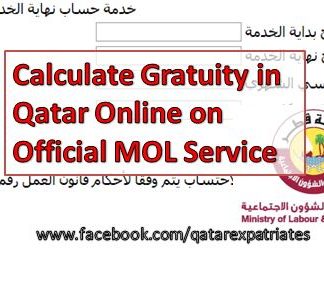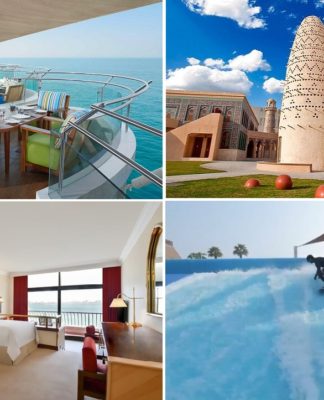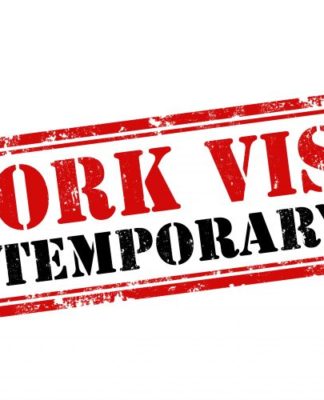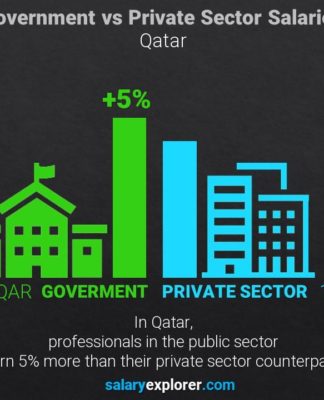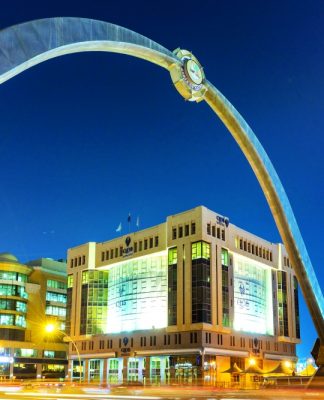Current oil prices are close to the level Qatar needs to finance spending, and the government hasn’t made a decision on whether to sell debt, according to HE the Minister of Finance Ali Sherif al-Emadi.
“We feel very comfortable,” al-Emadi said at a media event in Doha yesterday.
The minister said Qatar was spending about $500mn a week on capital projects focusing on preparations to host the 2022 World Cup soccer tournament. Ninety percent of World Cup projects have been awarded and two-thirds of them will be delivered in the next 24 months, he said.
Last year was “probably the most difficult” in terms of the strain on public finances, and the government has based the 2017 budget on a “conservative” global oil price of $45 a barrel, Bloomberg quoted al-Emadi as saying.
Qatar’s sovereign wealth fund will remain active globally, and will invest $35bn in the US as planned, al-Emadi said. “We’ve been very much active globally. Part of the sovereign wealth fund strategy is to have very much a diversified portfolio.”
According to Reuters, al-Emadi said “pressure on Qatar’s state finances was easing because of higher oil prices and the government might not need to issue an international bond this year, but it was still seeking ways to save money.”
“We may not issue a bond this year given where the oil prices are – right now we are close to break-even,” al-Emadi said in a briefing on the country’s financial outlook.
Qatar’s last international bond issue was a $9bn sale last May.
Al-Emadi said another issue was an option in the 2017 budget, but no decision had been made on whether to exercise it.
His comments illustrated how higher oil prices are to varying degrees improving the outlook for oil and gas exporting countries around the Gulf. Brent oil averaged $45 a barrel last year but is now trading around $55.
Qatar’s 2017 budget, announced in mid-December, projected its deficit would shrink to QR28.3bn from QR46.5bn planned for 2016.
Since the 2017 budget assumed an average oil price of about $45, the deficit is now close to disappearing, al-Emadi said.
However, he made clear that an austerity drive would continue. The 2017 budget envisages spending will drop to QR198.4bn, 2% lower than the 2016 plan, because of a 9% cut in government operating expenses and a 1.5% fall in the total salary bill.
“We are becoming more efficient on the operating side of the government but we need to do more on investment and the capex side,” al-Emadi said.
For the sake of fiscal discipline, Qatar will not use assets from its sovereign wealth fund to fund its deficit, and the government is scaling back state projects which it thinks the private sector can handle instead, he said.
In the past 18 months, between $8bn and $9bn of such projects were given to the private sector, he added without elaborating.
The minister predicted Qatar’s economy would grow 3.4% or 3.5% this year. It will face a drag in 2018 when Qatar, along with other countries in the region, introduces a value-added tax to boost non-oil revenues – al-Emadi estimated the tax would absorb between 1 and 2% of the GDP.
Also, the country’s population, which has been swollen by foreign workers on infrastructure projects, is expected to peak between 2017 and 2019, al-Emadi said. However, officials believe government projects will underpin growth until the World Cup and are adjusting spending plans to ensure there is no sudden reduction in economic stimulus after 2022.
“What we’re trying to do is really prioritise 2022, so we have a good and moderate growth rate…After (2022) it will mainly be infrastructure projects. The airport can have some sort of expansion and part of the rail (network) can have some sort of expansion. We have highways that need to be done after 2022, the sewage system
AL-EMADI: QATAR ‘VERY COMFORTABLE’ WITH OIL PRICES
